
Global Footprint – Revisited
How companies are aligning their existing footprint with what is required. The "mismatch" between the existing and required footprints is a constant source of risk for companies
with an international presence. Opportunities for prevention exist in a number of fields of
action.








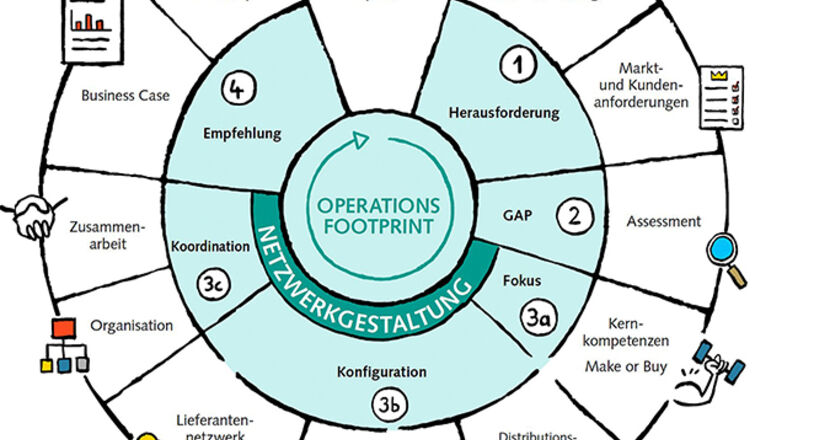
![[Translate to English:] ROI Suttgart [Translate to English:] Bild vom Schlossplatz in Stuttgart](/fileadmin/_processed_/1/d/csm_roi-stuttgart_833708574e.jpg)




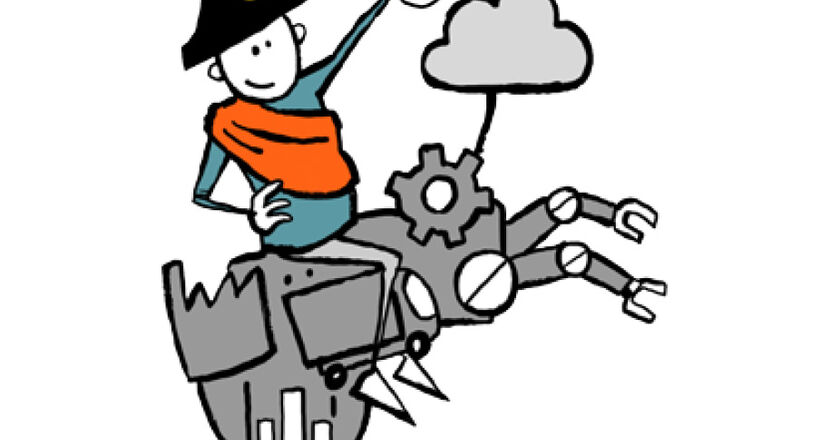
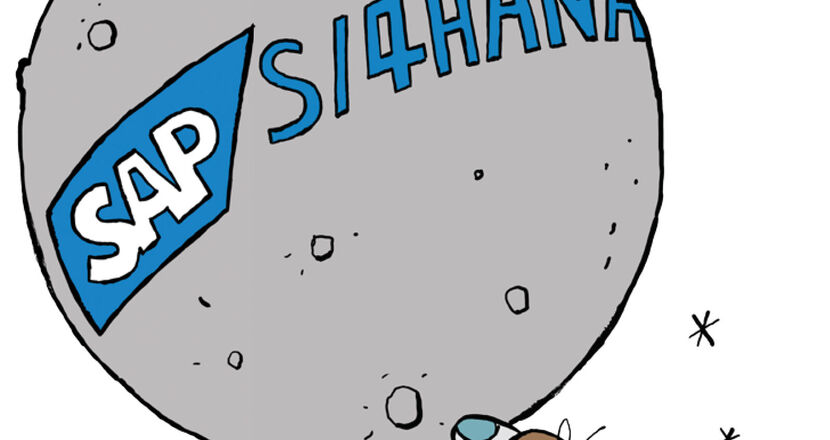
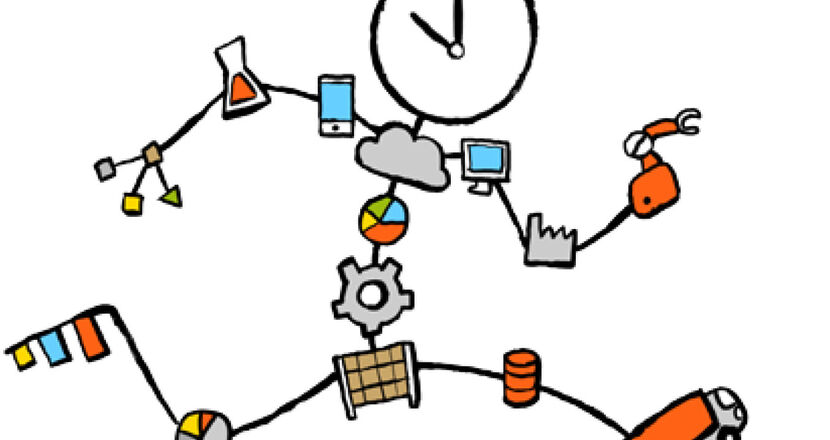
![[Translate to English:] ROI DIALOG Ausgabe 52 [Translate to English:] Rotes Cover des ROI DIALOG mit Illustrationen von Autos](/fileadmin/_processed_/6/4/csm_roi_dialog_cover_52_dce5d576ec.jpg)
![[Translate to English:] [Translate to English:]](/fileadmin/_processed_/2/c/csm_roi-e-fahrzeug_e332f613ab.jpg)
![[Translate to English:] [Translate to English:]](/fileadmin/_processed_/f/1/csm_e-mobilitaet-auto_af3eb0e882.jpg)
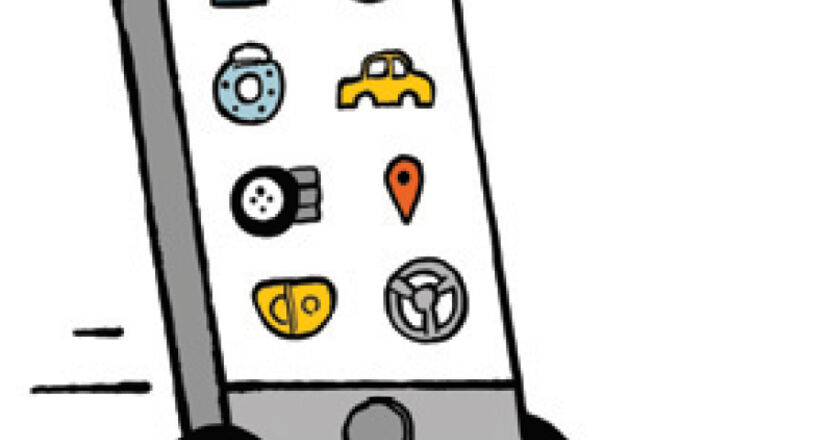
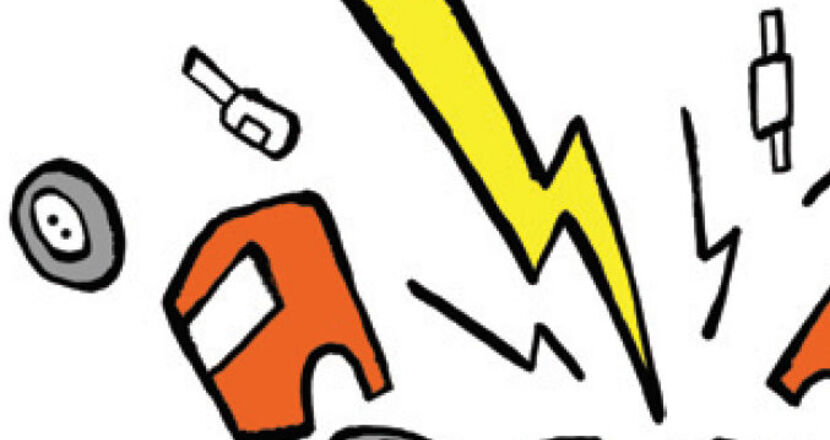
![[Translate to English:] ROI DIALOG Ausgabe 51 [Translate to English:] Blaues Cover des ROI DIALOG](/fileadmin/_processed_/9/6/csm_roi-dialog-cover_51_a661fe008f.jpg)

![[Translate to English:] [Translate to English:]](/fileadmin/_processed_/4/f/csm_roi-technologiestandort_6912dbcd09.jpg)
![[Translate to English:] [Translate to English:]](/fileadmin/_processed_/f/1/csm_roi-3D-Druck-Komponenten_408426a44d.jpg)
![[Translate to English:] [Translate to English:]](/fileadmin/_processed_/3/5/csm_roi-hohe-dynamik_94137fb041.jpg)
![[Translate to English:] [Translate to English:]](/fileadmin/_processed_/b/9/csm_roi-silent-revolution_d2bf7ae899.jpg)


